Inside the Wild Camera Rigs That Shot 28 Years Later on 20 iPhones
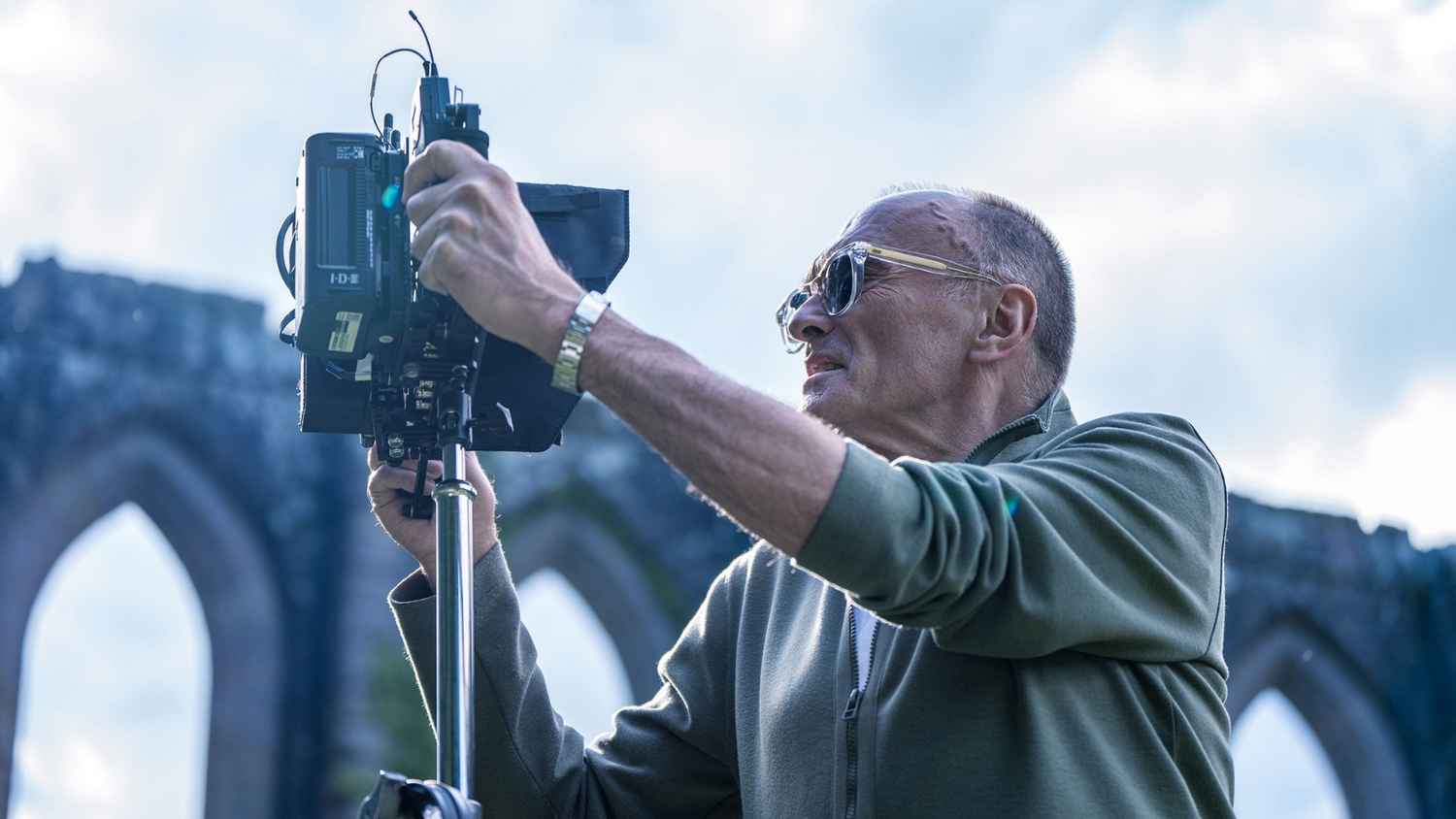
Let’s be honest: if someone told you a $75 million zombie epic starring Jodie Comer and Aaron Taylor-Johnson was shot, at least in part, on an iPhone, you’d assume it was a marketing stunt. But 28 Years Later, the long-awaited sequel to Danny Boyle’s iconic 28 Days Later, isn’t about flexing specs; it’s about chasing something far more visceral: chaos, intimacy, and raw cinematic energy.
 Survey
SurveyThe original 28 Days Later was shot on the humble Canon XL1 MiniDV camcorder, not for style points, but out of necessity. That grainy, jittery look became part of its identity. Two decades later, Boyle and cinematographer Anthony Dod Mantle (also DP for Slumdog Millionaire and the original 28 Days Later) return to the Rage-infested universe, once again embracing lo-fi tools, not to mimic the past, but to push forward with a new visual language. This time, the tool of choice is the iPhone 15 Pro Max.
Let’s be clear: the iPhone wasn’t the only camera used. In an exclusive interview with IGN, Boyle details how the iPhone was part of a Frankenstein rig of drones, film cameras, action cams, and digital cinema cameras. But three special rigs were built just for the iPhone:
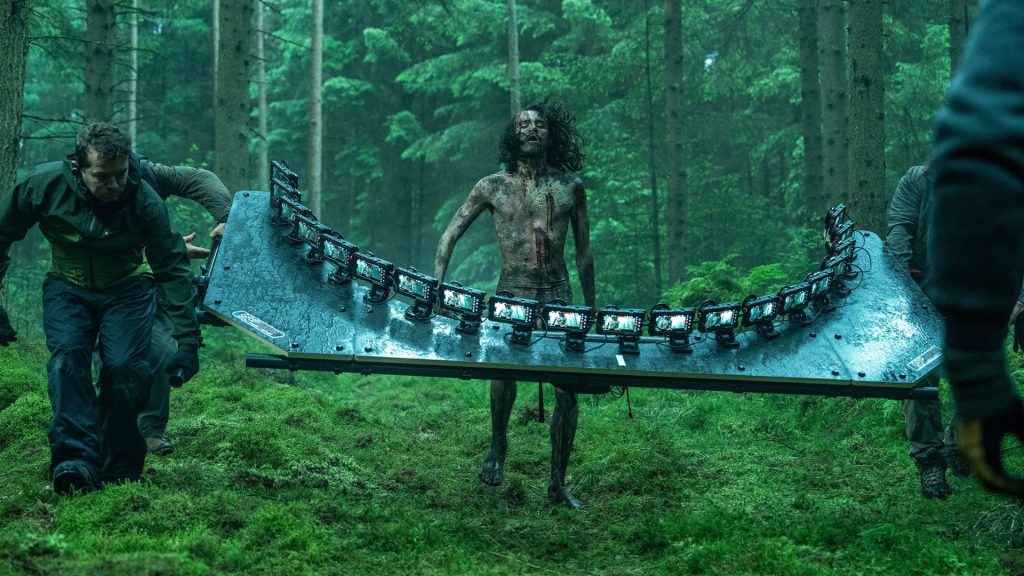
- An 8-camera handheld cluster for immersive, in-your-face moments
- A 10-camera crane rig designed for dynamic motion and unconventional angles
- And the pièce de résistance: a 20-camera iPhone rig Boyle refers to as “a poor man’s bullet time,” used for a pivotal, disorienting sequence he describes as “graphic, but wonderful”
With iPhones mounted to moving trains, drones, and even animals (yes, goats), every angle was fair game if it heightened the sense of instability, and that was the goal: to bring viewers into the eye of the storm.
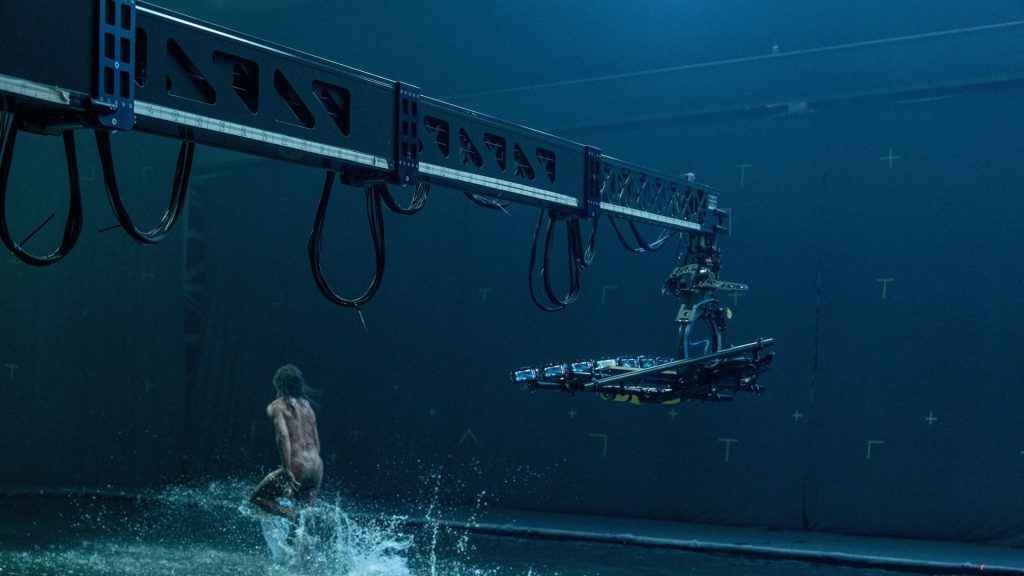
The film does blend camera types. There are sequences shot on traditional film, digital cinema cameras, and action cams, but the iPhone remains central to the film’s look and ethos.
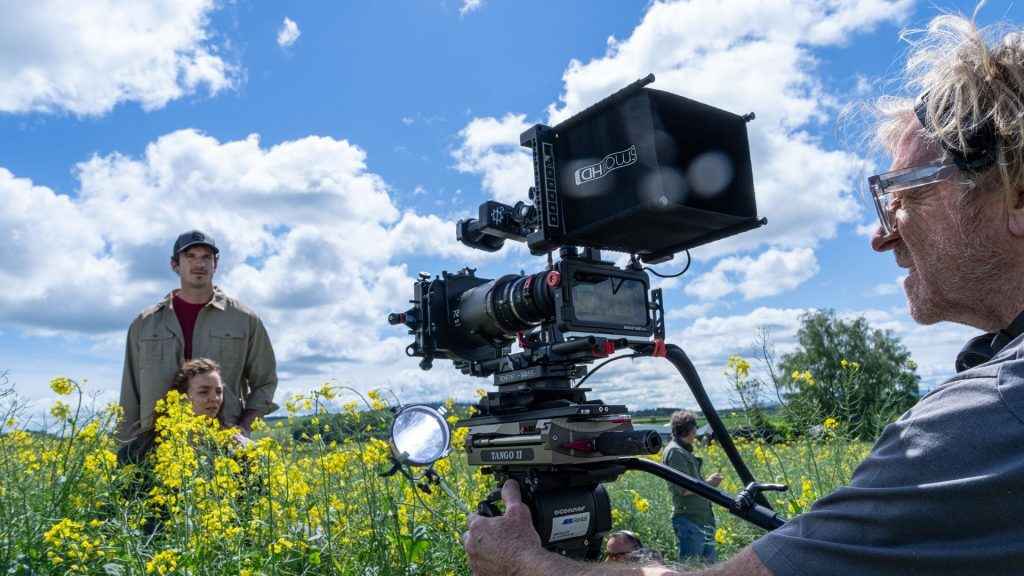
From MiniDV to ProRes Log
The iPhone 15 Pro Max isn’t a toy either. With Apple’s ProRes support and log colour profiles, it delivers highly gradable 4K footage ready for serious post-production work in tools like DaVinci Resolve or Adobe Premiere. Throw in lightweight mobility, lens mount compatibility (via adapters like Beastgrip), and cinematic mode for depth control, and you get the freedom to shoot in tight spaces, to be spontaneous, and to subvert the usual.
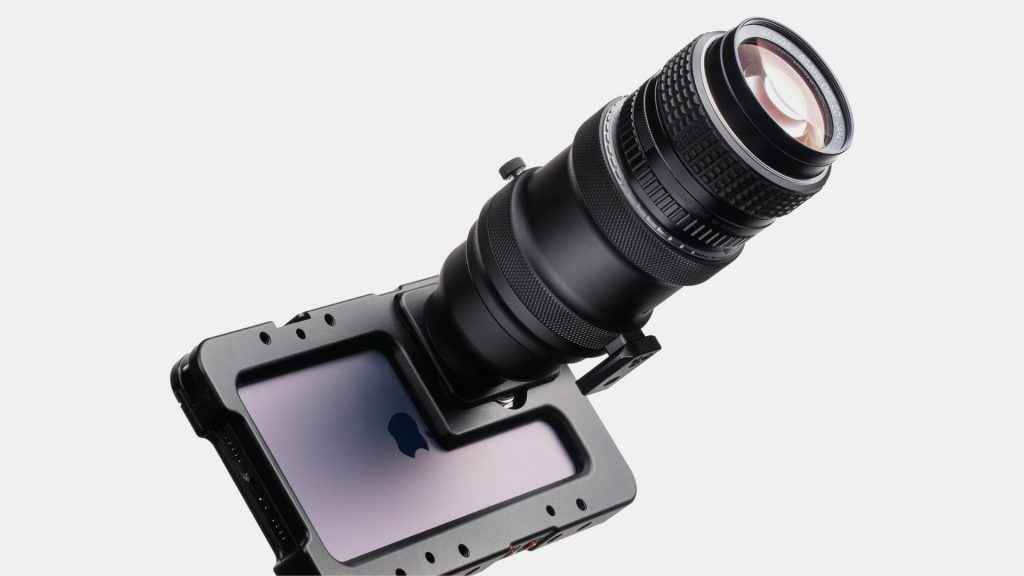
This agility let Boyle and Mantle shake up even the most seasoned actors. “Experienced actors know where the cameras are,” Boyle explained. “This [iPhone rig] throws them.” The unpredictable placement and fluidity of the iPhone rigs stripped away the polish. And that’s the point. When the world’s falling apart, the last thing you want is a steady dolly shot.
Boyle could’ve hidden behind a RED or Alexa. Instead, he put the iPhone front and centre, challenging the actors, the format, and the audience.
Back in 2002, using MiniDV at 480p was radical. In 2025, shooting with a smartphone feels equally radical, just in the opposite direction. Not because it’s all you have, but because it gives you what the scene demands: immediacy, intimacy, and disruption.
It wasn’t about making the iPhone look like a cinema camera, it was about making cinema feel more like real life. And that’s what 28 Years Later ultimately is: not a tech demo, not a visual stunt, but a reminder that even with a $75 million budget, the most important tool in filmmaking is still vision. The iPhone just helped bring it closer to the chaos.
28 Years Later releases on June 20 in India.
Siddharth Chauhan
Siddharth reports on gadgets, technology and you will occasionally find him testing the latest smartphones at Digit. However, his love affair with tech and futurism extends way beyond, at the intersection of technology and culture. View Full Profile